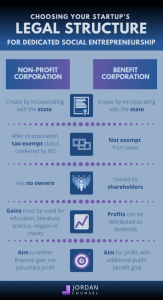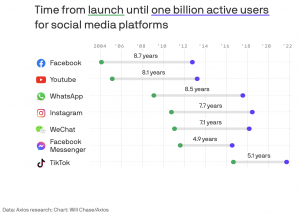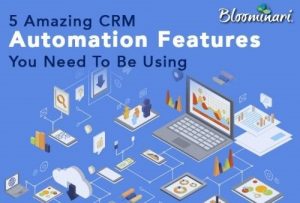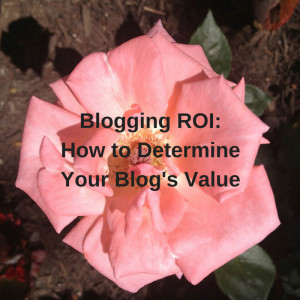Google AI Overviews Disrupts Ecommerce, Publisher Traffic

Logging in to a company’s network creates sort of a walled garden, where the data remains within the perimeters, creating checks and balances of intent.
Some may not consider Google a walled garden, but when logged in to its network of services, the company can more accurately target ads, serve up information, and steer users to appropriate channels based on historic searches and clicks on content.
“Aside from some of the international markets, search has always been about Google, Google, Google,” spiced with a bit of Bing and Yahoo, says Jim Yu, BrightEdge founder. That’s no longer accurate, he says, because “the world order of search is changing, and this has never happened before.”
Yu identified through his company’s data a fundamental change in search — something he has not seen in a long time. He can’t recall a time when the industry has seen so many new entrants into the search industry. And they are building a strong presence.
Some of those new entrance do not require a person to log in to their platform, but many do. That’s where it gets sticky, Yu said.
Google AI Overview has the potential to disrupt how traditional search works and amount of search referral traffic that publishers and websites receive by not requiring users to log in to its system. It makes sense, but websites and publishers need to be made aware of the change.
Industries, however, will be impacted differently in terms of the amount of referral traffic they lose.
BrightEdge data puled on September 1, shows AI Overviews has begun to roll out unevenly across industries, with ecommerce queries experiencing the slowest adoption among non-logged-in users.
Ecommerce, for example, takes the biggest hit on search query referral traffic for those who are not logged in to Google’s AI Overviews service. BrightEdge data shows that non-logged-in users see 90% fewer AI Overviews than those who are logged in, compared with the prior months data.
The rise of OpenAI SearchGPT, using logged-in users from the start, is just one example of how our industry is being reimagined, Yu believes. SearchGPT, which quickly surpassed Perplexity in terms of referral traffic despite having been in a limited beta, has seem “explosive growth.”
This rapid expansion is a positive indicator for both marketers and publishers as Search and AI begin to show its full potential. Perplexity and Claude continue to grow monthly at 14% and 26%, respectively, though from smaller user bases.
Whether it’s a search engine, answer engine, or privacy-based system, every AI innovator has a different perspective on consumers and search. Yu said it represents a pivotal moment for Google as it turns on AI for more users and prepares for mainstream deployment.
Reasoning engines are being developed by companies such as Google, OpenAI, and Mistral, but they are designed more for complex problem-solving. When asked whether or not he is seeing AI search with the capability to reason, Yu says he is not.
“The trends are really around use cases driven by industry and queries for search,” he says. “It’s really around logged-in and non-logged in users. Once you’re logged in, Google has a lot more context around the intent. They will have more data to provide a better experience.”
BrightEdge data has also identified Google overhauling citation. In the news and media industry, citations for USAToday.com dropped 10.3% and citations for NYTimes.com dropped 3.1%. Bloomberg.com saw an increase in AI Overviews results due to its industry-specific and specialized content around the stock market, business news and finance trends.
The data also showed that technology review websites experienced a similar decrease in AI Overviews mentions, as TechRadar.com dropped 47.3% and TomsGuide.com dropped 16.4%.
This change aligns with a preference for product and industry-specific expert sources and less on consumer-focused insights and reporting.
Google also is experimenting with the visual formatting for AIOs. After months of shrinking AIO screen real estate, BrightEdge data shows that the panel has increased in height by 10%, growing from 647 pixels in July to 712 pixels in August.
“This is important because think about how Google is trying to tune the inventory traffic and where it goes,” he says. “If Google gives 10% to AI Overviews, it means they cannot give it to ads or classic results that might push the traffic in another direction.”
(3)






